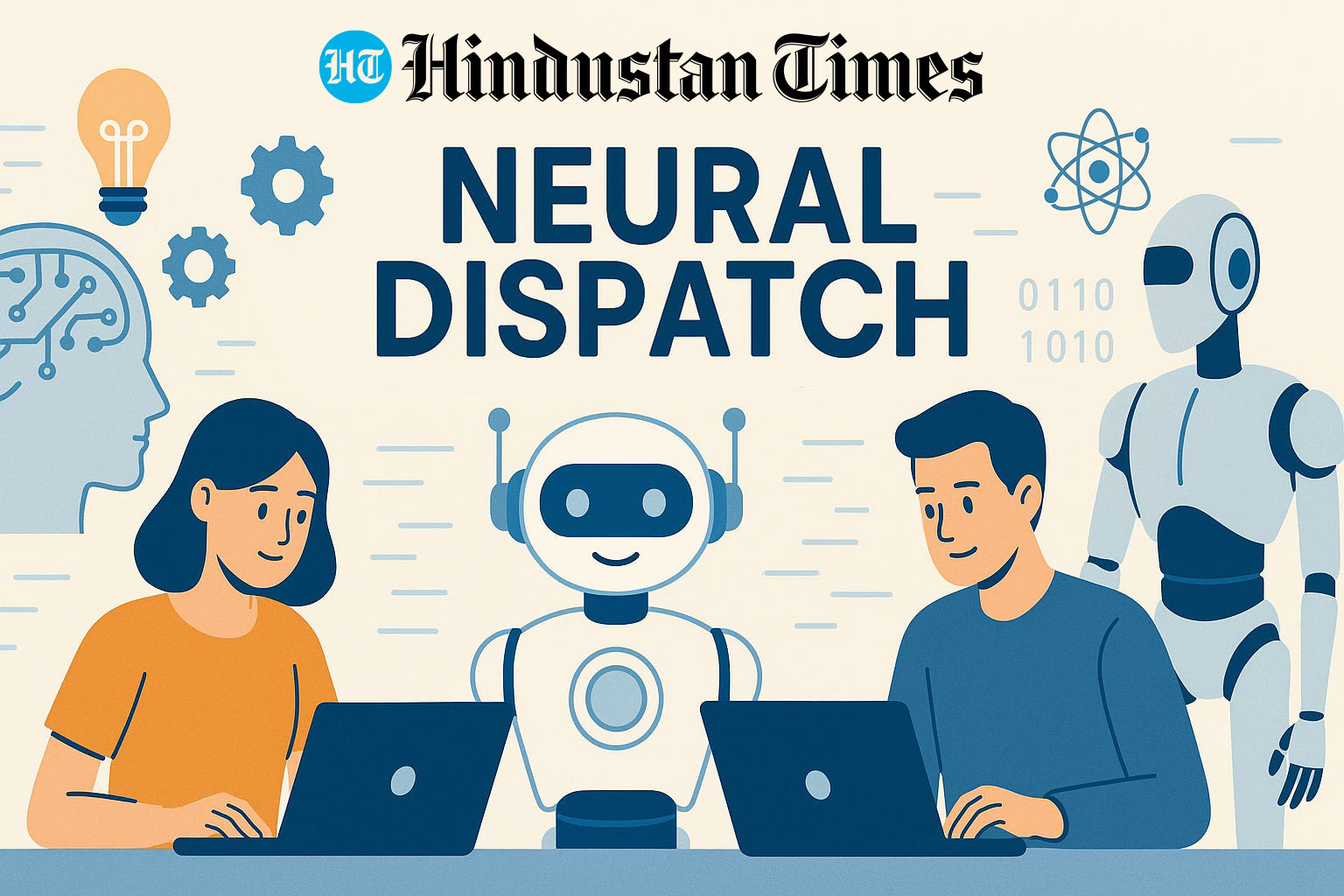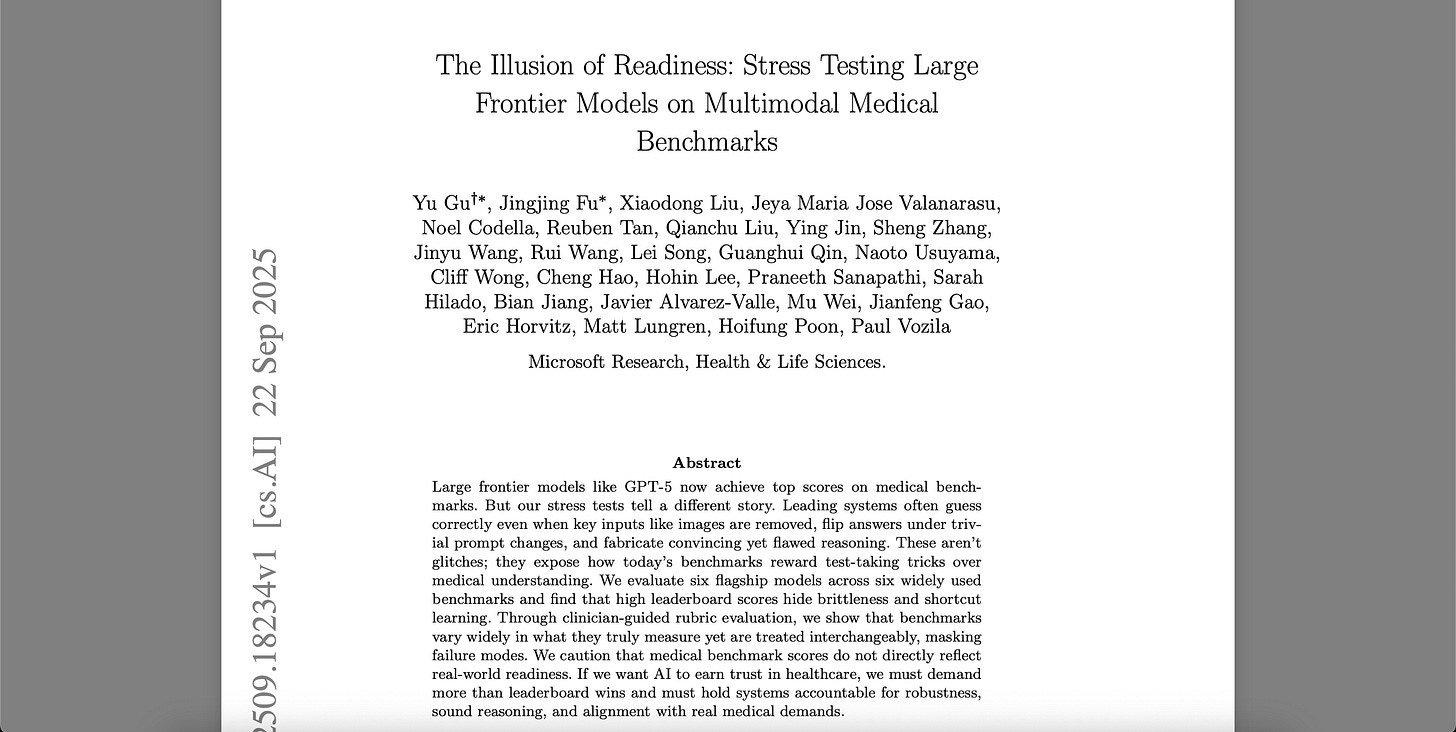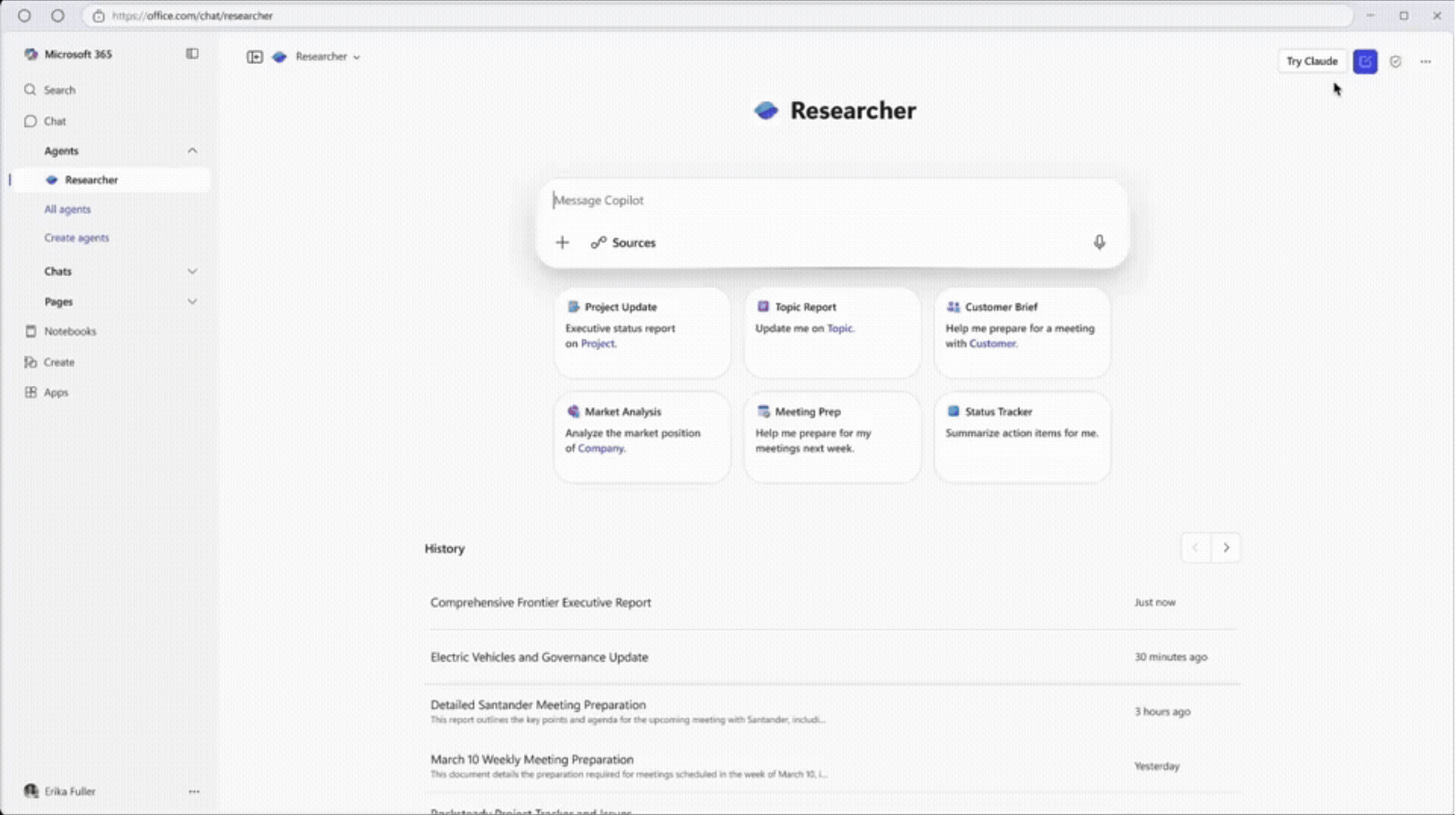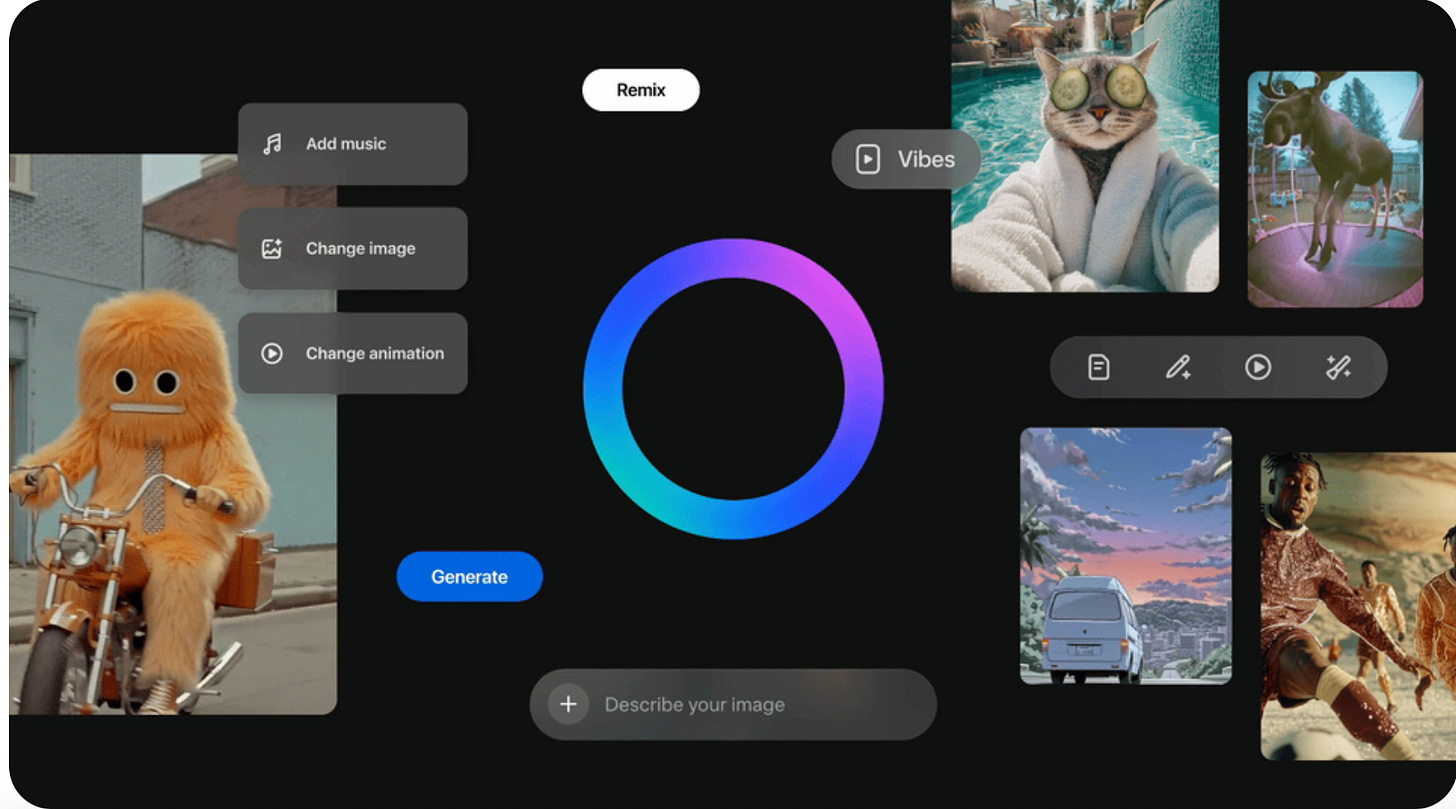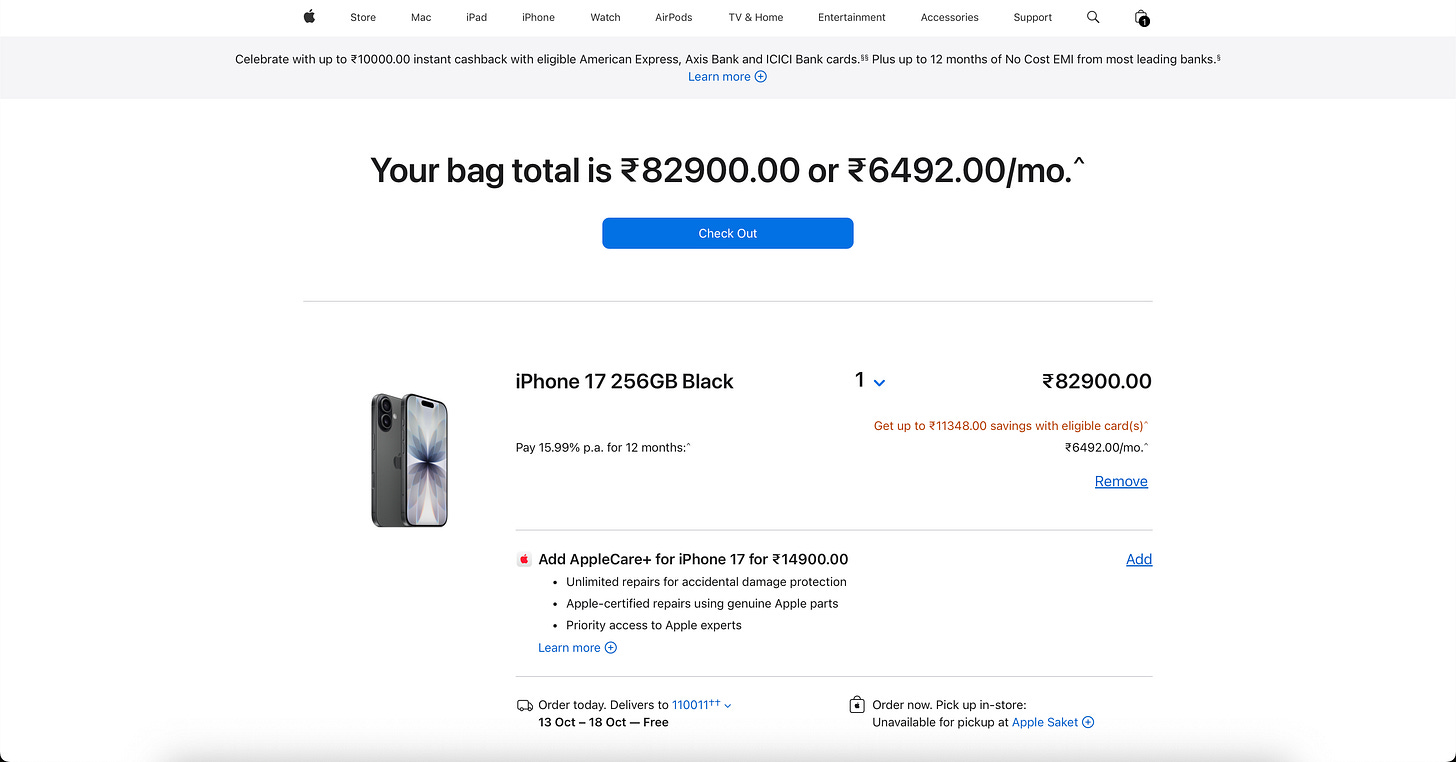🧠 Neural Dispatch: AI’s had a shabby week, featuring Meta and OpenAI
The biggest AI developments, decoded. October 1, 2025.
Hello!
ALGORITHM
This week, we chat about how misspending a few hundred billion dollars is not something the AI billionaires would spend sleepless nights over, why AI in medicine is still largely a bumbling sham based on shortcuts, and OpenAI may find itself in a slightly inconvenient position now that Microsoft may have begun the process of decoupling.
Oops, just misspent a few hundred billion dollars
Sometime ago, Meta CEO Mark Zuckerberg remarked that Meta could “end up misspending a couple of hundred billion dollars” in this AI race. Superintelligence is the dream. Right on cue, the Vibes layer in the Meta AI app, which the company calls “a new way to discover, create, and share AI videos”. And you’ll find a how-to in the ‘PROMPT’ section later, since many of you love to waste time and subscription money to trick your father with fake videos. How many new ways to create AI videos are launched literally everyday, I’ve lost count. Nevertheless, all I’ll say is this — AI was supposed to be about intelligence (PhD-level too, something AI bros love to drop into almost every conversation), solve real world problems and assist humans to be better at what they do. Yet, here we are, spending billions of dollars to make (yet another) app that churns out cat videos, and what looks like Bigfoot walking in the rain with an umbrella. When Meta says “we’re working on even more powerful creation tools and models with a number of talented visual artists and creators,” it drives me to uncontrollable anger. There is nothing creative or powerful about this. Simply misspending a hundred billion dollars in a world that’s still struggling to fix hunger, homelessness and disease, just shows how billionaires hoard money for their whims. Those whims are NOT real world problems.
AI, medicine and an all-time low trust level
What was OpenAI’s Sam Altman self-aggrandising about just the other day, that he needs a few more billion dollars and a few more GPUs, if AI has to cure cancer? Turns out, a Microsoft Research, Health and Life Sciences paper titled “The Illusion of Readiness: Stress Testing Large Frontier Models on Multimodal Medical Benchmarks” even though current medicine focused AI models may be made to look good in certain benchmarks, there is little to suggest these models can handle real world medical reasoning. “Health AI has a credibility problem. Models like GPT-5 can ace medical exams and top multimodal benchmarks yet still falter on simpler tasks, such as preserving their answers when answer choices are shuffled, or justifying their predictions with medically sound reasoning,” the paper doesn’t mince words. One of the paper’s key findings among many, is that models retain most of their original accuracy even when images were removed, even on questions that require vision, which signals they’re using shortcuts over real understanding. There’s fabricated reasoning too — “Models trained to “think step by step often paired confident rationales with incorrect logic producing medically sound explanations for wrong answers, or correct answers supported by fabricated reasoning.” Case in point, OpenAI’s GPT-5. We’re really going nowhere with the hype.
Microsoft, Anthropic and an OpenAI untangling
This ought to worry Sam Altman and OpenAI, more so because their $100 billion financing from Nvidia was found out to be exactly what it is, a desperate hype pivot. A few days later, Microsoft announced a partnership with Anthropic to make Claude’s models available to Microsoft 365 Copilot users. Specifically, enterprise subscribers, starting with Microsoft’s Researcher agent and Copilot Studio, with Claude Sonnet 4 and Opus 4.1 sitting alongside existing model options. This is the first big move away from an exclusivity that had defined OpenAI and Microsoft’s relationship till date. OpenAI is no longer in prime position as the sole AI foundation for Microsoft’s products. Could this be the first sign of realisation on Microsoft’s part? Suddenly, another $100 billion, all the compute and all of the world’s fresh water and electricity, may provide some solace.
PROMPT
Not that you needed yet one more app to “create” AI debris that’ll litter social media timelines, but here’s still one anyway. Meta AI’s Vibes feed.
Meta has unveiled “Vibes” as part of its Meta AI app, likely pouring in what must have been a rather thick stack of dollars, into solving humanity’s most pressing problem — not having enough AI-generated cat videos on social media feeds. This new feature lets users generate AI videos from text prompts—because apparently, there weren’t enough generative AI apps already. Where will you find this? Update and open the Meta AI app on your phone, and generate videos of a human with a pet lion, or a diner above the clouds, and a dog driving a car in sunny Miami, will hit you in the face. You’ve little choice in the matter.
A rather predictable pitch too, a “can bring your ideas to life with new AI visual creation tools or remix an existing video by adding music or changing the style to make it your own”. In practice, it’s a sophisticated and most likely unnecessary tool that’ll flood social feeds with even more ephemeral, irrelevant content. If it is indeed somehow impressive, it is impressive to what end? We’re essentially celebrating our ability to generate infinite variations of “my coffee cup but make it anime” while the money poured into Meta’s computational resources could be solving actual problems. The real revelation isn’t the technology—it’s what it says about Meta’s vision for social media’s future.
Mark my words, Vibes doesn’t enhance human creativity — it also replaces the creative process with prompt engineering. If the next generation has no painting, videography or visual storytelling skills, don’t blame them (and certainly don’t blame the parents). The AI bros have taken it upon themselves, to make the world a dumb(er) place.
THINKING
“I can’t tell you what’s going on at AT&T and Verizon or any place else. I can tell you T-Mobile’s iPhone sales are at all time record highs. We just had the biggest iPhone weekend. We’re up double digit from that launch” - Mike Sievert, President and CEO of T-Mobile, after the iPhone 17 launch weekend.
The context: AI doesn’t sell phones, no matter what the Android enthusiasts may want you to believe. The latest iPhones prove that. During the iPhone 17 keynote, from which emerged the iPhone 17, iPhone Air and the iPhone 17 Pro series, Apple barely mentioned AI or Apple Intelligence. What’s selling the new iPhones (in India too, there’s a fair backlog of pre-orders and early adopters) centers around generational upgrades, camera improvements, the Air’s ultra-slim design, and the new colours.
I’ll give you an example. An attempt to preorder an iPhone 17 on the morning of September 29, generates an estimated delivery window between October 13 to October 18. That’s indicative of the backlogs in place, due to demand. You could argue that operator deals and bundles may be the reason for this bullish outlook by T-Mobile, Sievert’s quote about T-Mobile’s record-breaking iPhone 17 sales is nevertheless compelling evidence that utility still drives smartphone sales for Apple, even in the age of AI. The perspective, the iPhone 17 shopping cart observations, in India where there are no operator bundles to bring down cost.
A reality check: The iPhone’s original success, something Apple has built on year after year, came from solving obvious problems — it put the internet in your pocket and made smartphones a thing. In contrast, today’s AI features solve problems most people don’t know they have. AI can summarise your notifications and rewrite your texts, but when did anyone’s life meaningfully improve from having their texts rewritten by AI?
This disconnect reveals an uncomfortable truth for Silicon Valley. Consumers are remarkably clear-eyed about AI’s actual value in their daily lives. While AI executives breathlessly describe their models as revolutionary, ones that could generate a better email response or edit an image beyond recognition, most consumers hardly find it worth a $1,200 upgrade. The lesson here is brutal but important — AI doesn’t sell smartphones, genuine utility and a sense of upgrades does. Better cameras, faster chips, and improved software, still trump fiction. In this case, polished experience has always been Apple’s forte.
Neural Dispatch is your weekly guide to the rapidly evolving landscape of artificial intelligence. Each edition delivers curated insights on breakthrough technologies, practical applications, and strategic implications shaping our digital future.


